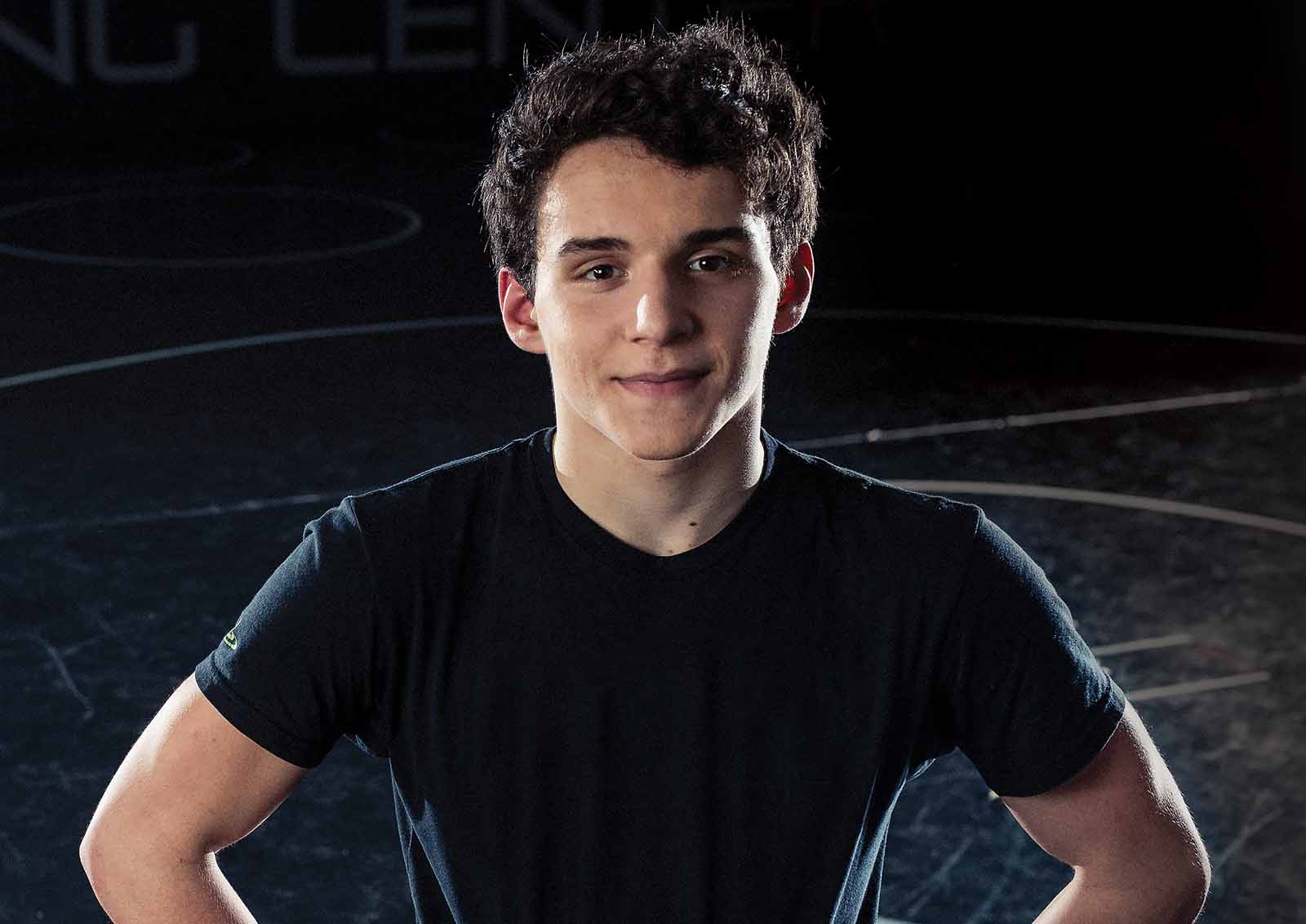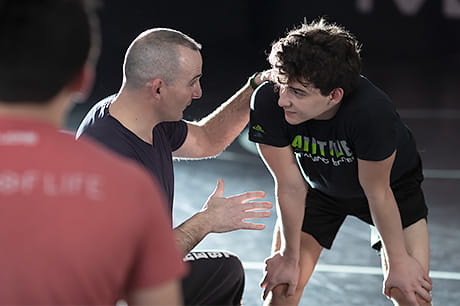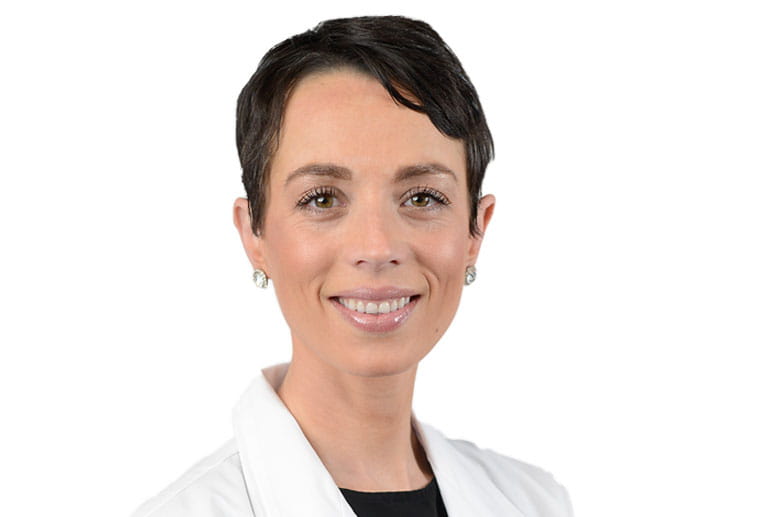Teen’s sleep troubles now just a bad dream
By Paula Franken
As Max Murray and his mother pulled into the driveway, he slumped over in the car — his seatbelt was the only thing holding him in place.
“I thought he was joking because he didn’t want to take groceries out of the car,” she says.
But he wasn’t joking. Max was passed out cold.
Then it happened again in school. That’s when his family decided to take him to Geisinger. “They took him in right away,” his mother, Theresa Murray, says. “And I’ll never forget it. They said, ‘You’re not leaving until we know what’s wrong.’ For that I am so grateful.”

These episodes of cataplexy, often referred to as “sleep attacks,” began when Max was in high school, bringing on sudden loss of muscle tone when he was awake. But they weren’t the first strange symptom he’d experienced.
Max had been having intense nightmares, nighttime hallucinations and sleep paralysis since he was 9. He would wake up, unable to move, seeing shadow figures and hearing things that weren’t there. Max was always tired when he was awake, and often sick. He describes his old self as an “angry kid.”
“When I was a kid, I thought I was crazy, so I didn’t open up about it,” Max says. “I was so confused about what was going on. I was 100 percent terrified.”
He’d seen many doctors over the years, but Geisinger pediatric neurologist Anne Marie Morse, DO, was the first to order a sleep study. And finally, at age 17, Max received the diagnosis that set him on the path to successful treatment: narcolepsy.


Narcolepsy is a chronic neurological disorder. Its most prominent symptom is excessive daytime sleepiness. It’s a rare condition, affecting about one in 2,000 people worldwide.”
It's estimated that about 50% of people with narcolepsy are undiagnosed. “There’s typically a time lapse of eight to 10 years between symptom onset and diagnosis and there are other conditions that seem to be more likely for many providers — so narcolepsy is too often labeled as one of those things,” Dr. Morse says.
That was Max’s experience, too. “Over the years, I’d seen a lot of doctors and been misdiagnosed, which is actually fairly common with narcolepsy,” Max says. “At one point, they even tested me for leukemia.”
There’s no cure for narcolepsy, but once Dr. Morse diagnosed it, she could prescribe medications that help Max manage his condition. In fact, this former Mifflinburg High School wrestler is feeling so much better, he’s setting his sights on joining a college wrestling team someday.
“It’s hope,” says Max’s father, David Murray. “That’s what Dr. Morse is doing at Geisinger. They’re giving people hope. And they’re giving people their lives back. That’s exactly what they gave Max and our family.”
“Dr. Morse is a superhero in my eyes. I’m so grateful for her,” Max says. “Without her, I’d still be stuck in a state where I’m lost, confused and angry. Narcolepsy no longer runs my life. I look at it like I’m in the driver’s seat now.”
“Narcolepsy isn’t a condition that there’s a cure for at this point,” Dr. Morse says. “However, I think when we reflect on a story like Max’s, he is someone who can say he conquers narcolepsy. Why? Because he beats narcolepsy every single day. He gets out of bed. He takes on the day. And he wins.”
Watch Max and his family tell their own story here.
This story originally appeared in PA Health, our quarterly full-color magazine filled with wellness tips, inspiring stories and more.
Sign up to have PA Health sent to your mailbox or inbox 4 times a year, for free.
